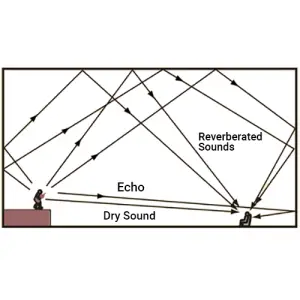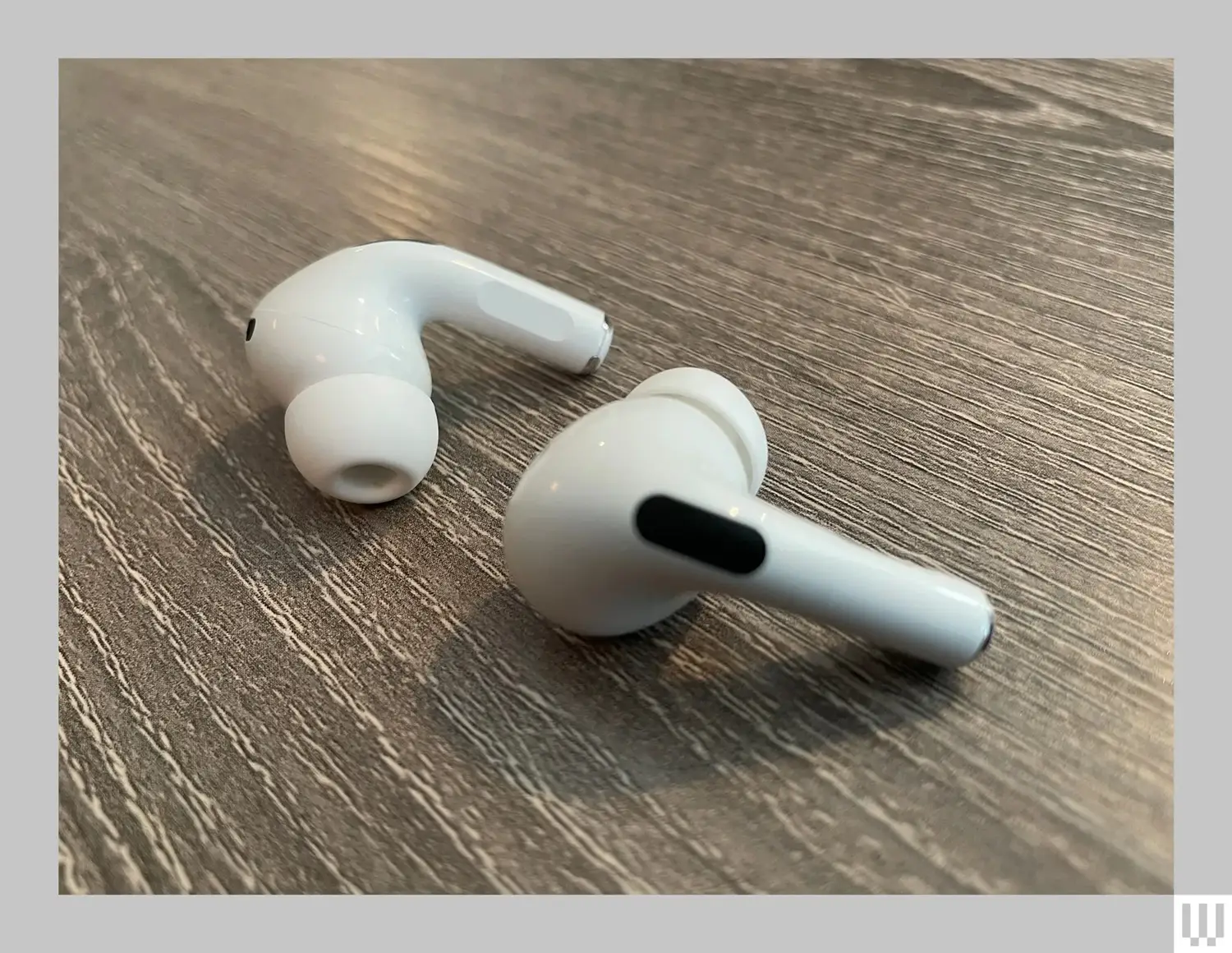

Acoustic Measurements and Insights provides an in-depth analysis of the AirPods Pro 2’s capabilities as hearing assistance devices as an OTC hearing aid. Conducted by researchers from the National Acoustic Laboratories in Sydney, Australia. This study examines the performance of the AirPods Pro 2 OTC Hearing Aid Feature (HAF) through a series of controlled laboratory measurements.
Apple’s introduction of FDA-approved hearing aid software for the AirPods Pro 2 marks a significant advancement in integrating consumer technology with hearing care. This feature allows users with mild-to-moderate hearing loss to conduct hearing tests via their iPhones and configure their AirPods accordingly. Offering a more accessible and cost-effective alternative to traditional hearing aids.
The study assessed the insertion gain provided by the AirPods Pro 2 OTC hearing aid in Hearing Aid Mode across various hearing loss profiles.
Insertion gain is a way to measure how much a hearing device, like hearing aids or even Apple AirPods Pro 2 in Hearing Aid Mode, amplifies sound to help someone hear better. Think of it as the “boost” in volume the device gives to certain sounds after it’s placed in your ear.
For example, imagine you’re listening to someone talk at a normal volume. Without any hearing help, their voice might sound too soft or unclear to you. When you put in a hearing device, it raises the volume of that voice just enough so it becomes clear and comfortable for your level of hearing. The difference between the sound without the device and the sound with the device is what we call insertion gain.
Measurement with International Speech Test Signal (ISTS) at different input levels, the researchers found that the AirPods Pro 2 effectively amplified ambient sounds tailored to the user’s hearing loss configuration. The device’s amplification, tone, and balance adjustments allowed for a degree of customization. Though with some limitations compared to traditional hearing aids.
In Media Assist Mode, the AirPods Pro 2 enhance audio playback from media sources.
Media Assist Mode is a feature on the AirPods Pro 2 that helps people with hearing loss enjoy music, videos, phone calls, or any sound coming from their iPhone more clearly.
In regular use, AirPods are great for playing media. However, Media Assist Mode takes it a step further by customizing the sound based on your personal hearing needs. It does this by adjusting things like volume, tone, and clarity to match your hearing profile. (Which you can set up through a hearing test in your iPhone’s settings).
Think of it like this: If your ears don’t hear certain tones or pitches very well, Media Assist Mode turns those up just for you. Therefore, everything you listen to sounds more balanced, clear, and easier to enjoy. It’s like having a mini sound engineer tailoring your music and calls to your ears.
The study measured the gain applied during media streaming and noted improvements in audio clarity and volume. Benefiting users with hearing impairments. However, the extent of enhancement varied depending on the user’s specific hearing loss profile and the nature of the media content.
The Conversation Boost feature in the AirPods utilizes beamforming technology to focus on speech from a person directly in front of the user. Aiming to improve speech understanding in noisy environments. Laboratory measurements indicated that this feature provided a measurable improvement in the signal-to-noise ratio, thereby enhancing speech intelligibility. Nonetheless, the effectiveness of this feature was influenced by environmental factors and the positioning of the conversation partner.
The authors concluded in this study that the AirPods Pro 2, equipped with the Hearing Aid Feature, demonstrate potential as assistive hearing devices for individuals with mild-to-moderate hearing loss. While they offer notable benefits in amplifying ambient sounds, enhancing media playback, and improving speech understanding in noisy settings, there are limitations.
The customization options and performance may not fully match those of dedicated hearing aids. Factors such as environmental noise and device positioning can affect efficacy. Therefore, while the AirPods Pro 2 OTC hearing aid serve as a valuable and accessible hearing assistance option, they may be best suited for users with specific needs or as a supplementary aid alongside traditional hearing devices.
Not sure if Apple Airpods are right for you? That’s exactly why we offer consignment hearing aids!
Whether you’re navigating a noisy restaurant, chatting with grandkids, or just catching up on your favorite shows, this option gives you the freedom and comfort of hearing better without the large cost of new hearing aids.
And while gadgets like AirPods and other OTC amplifiers are great for casual sound boosting, hearing aids are built with you in mind. They’re fit by audiologists, tailored to your specific hearing profile, and many are smart enough to adjust automatically to different environments. Think of it like the difference between reading glasses from the drugstore and a custom pair from the eye doctor.
With consignment hearing aids, you can get:
So go ahead—Consign better hearing. Your ears will thank you.
ELEHEAR Beyond OTC hearing aids utilize AI-powered technology to enhance speech clarity and reduce background noise. Designed for individuals with mild to moderate hearing loss, these hearing aids provide a customizable and comfortable listening experience for daily use. Key features include:
Simply enter your email below and we’ll send you your discount code instantly. Start saving and experience better hearing care with trusted products and support.